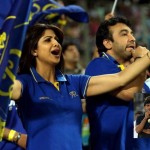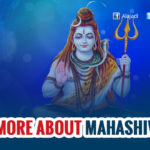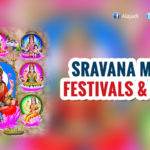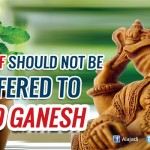Holi – Why We Celebrate Holi festival in India
Holi, known as the ‘festival of colors’ is celebrated on the full moon day falling in the month of Phalguna (Feb-Mar). Various colors and water are thrown on each other, amidst loud music, drums etc to celebrate Holi. Like many other festivals in India, Holi also signifies a victory of good over evil. As per ancient mythology, there is a legend of King Hiranyakashipu with who Holi is associated.
Therefore, we might say the festival of Holi started several years before Christ. Ancient Indian temple paintings and sculptures depict the celebration of Holi. The temple of Hampi built in the capital of Vijayanagara Empire represents Holi celebrations by royal families. In these lines, we may also make a mention of the paintings in Ahmednagar, Mewar and Bundi. Once there was a demon called Hiranyakasipu who nurtured hatred towards Lord Vishnu since he had earlier killed his brother Hiranyaksha. Prahlad was the son of Hiranyakasipu. Due to some mysterious causes, Prahlad was devoted to Vishnu by birth which infuriated the demon Hiranyakasipu. Being unsuccessful in persuading Prahlad to hate Vishnu, Hiranyakasipu decided to put an end to the life of Prahlad and tried several means.
As part of his efforts to kill Prahlad, once Hiranyakasipu called his sister Holika and asked her to keep Prahlad on her laps and sit in the pyre so that the child shall be burnt to ashes. Holika had earlier got a boon that her body shall never be burnt by the fire. Once she entered the fire, to everyone’s surprise, nothing happened to Prahlad while Holika was burnt down at once to ashes. Since then, Holi came to be celebrated with the burning of pyre signifying the victory of good over evil. During the age of Dwapara, Lord Krishna organized Holi festival in a very grand manner. It was then that Holi attained a new dimension with the play of colours, squirting of water, songs, music and exuberant joy. As early as Krishna’s times, Holi became a community event. Even to this day, the grandeur of Holi celebrations that happen in Vrindavan is unmatched.
Holi celebrations:
Also, Holi is not a one day festival as celebrated in most of the states in India, but it is celebrated for three days.
Day 1 – On full moon day (Holi Purnima) colored powder and water are arranged in small brass pots on a thali. The celebration begins with the eldest male member who sprinkles color on the members of his family.
Day 2- This is also known as ‘Puno’. On this day Holika’s images are burnt and people even light bonfires to remember the story of Holika and Prahalad. Mothers with their babies take five rounds of the bon- fire in a clockwise direction to seek the blessing of the God of fire.
Day 3- This day is known as ‘Parva’ and this is the last and final day of Holi celebrations. On this day colored powder and water is poured on each other.The deities of Radha and Krishna are worshiped and smeared with colors.




